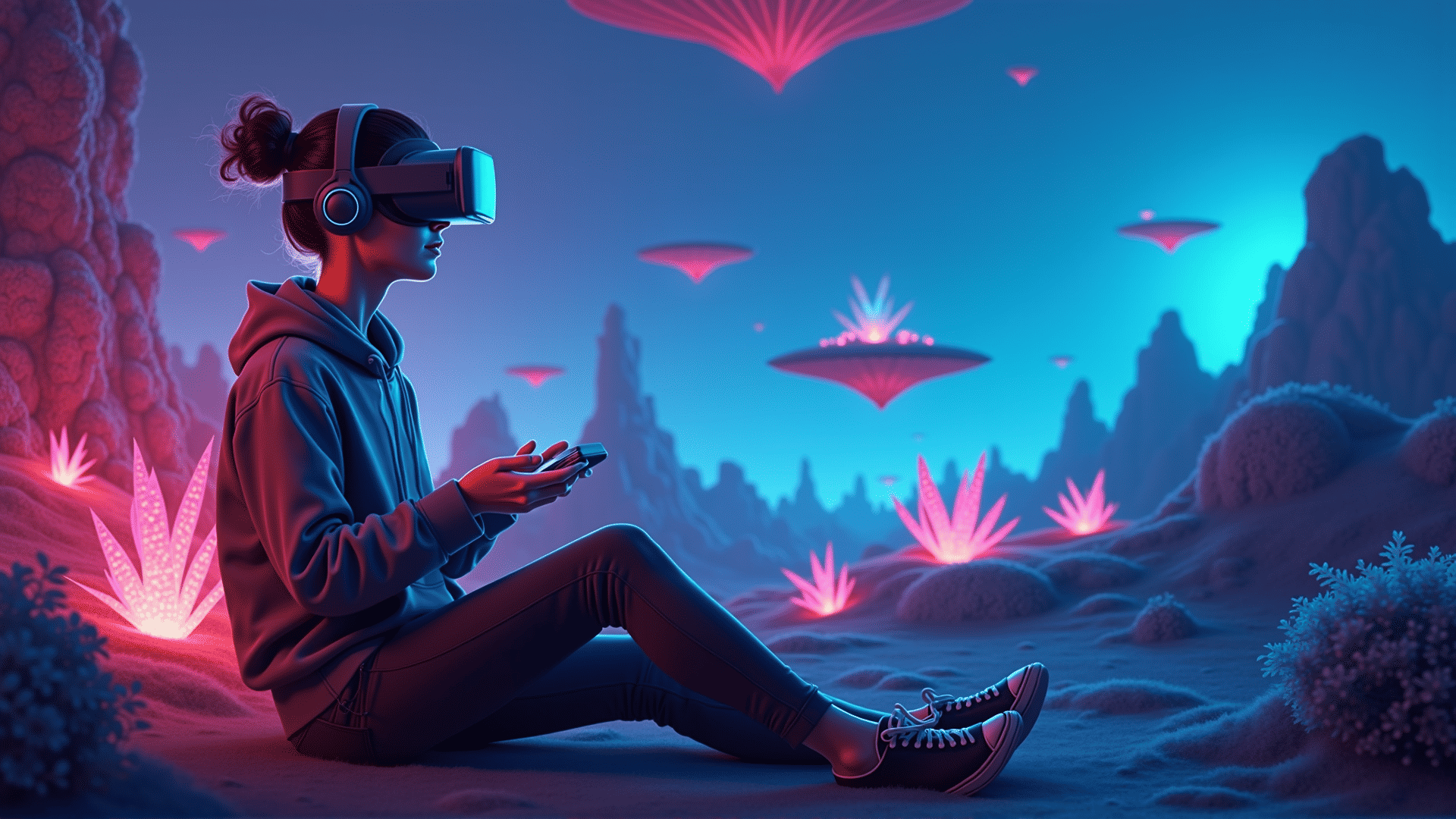In recent years, the landscape of virtual reality has evolved from a niche novelty to a transformative technology, reshaping how we interact with digital content. Immersive VR worlds are at the heart of this revolution, offering experiences that captivate and engage users in unprecedented ways. These environments are designed to transport individuals into a realm where imagination melds seamlessly with intricate reality, expanding the boundaries of what is possible within digital spaces.
One of the most significant advancements in VR technology is the emphasis on creating hyper-realistic environments that mimic the intricacies of the real world. Sophisticated graphics, lifelike physics, and responsive interactions are hallmarks of these virtual worlds, providing users with a sense of presence that can rival real-life experiences. This fidelity is achieved through cutting-edge graphics engines, high-resolution displays, and precise tracking systems that respond to a user’s every movement, creating an immersive experience that is both convincing and captivating.
Beyond visual and physical realism, these virtual landscapes are designed to engage users on a deeper, more emotional level. Storytelling is a critical component of immersive VR worlds, and developers are crafting intricate narratives that allow users to explore and influence the outcomes within the environment. This interactive storytelling can evoke powerful emotional responses, as participants feel more like protagonists in the story rather than passive observers. Whether exploring a mythical land, solving a mystery, or embarking on a cosmic journey, the depth and personal impact of these narratives add a transformative layer to virtual experiences.
The potential applications of these immersive VR worlds extend far beyond entertainment. In education, virtual environments offer students the chance to explore complex scientific phenomena, historical events, or distant geographical locations safely and interactively. Medical students can practice surgeries in realistic simulations, while engineers can visualize and manipulate complex systems in a risk-free virtual setting. This capacity for experiential learning and hands-on practice is revolutionizing education and training across various fields.
Moreover, the rise of virtual social spaces within these worlds is redefining how individuals connect and collaborate. Users can build communities, attend events, or work together on projects within a shared digital dimension, transcending geographical boundaries. These interactions foster a sense of global connectivity and cultural exchange, enabling meaningful connections in an increasingly digital society.
As technology continues to advance, the future of immersive VR worlds holds even more promise. Developments in artificial intelligence and machine learning are set to enhance the adaptability and intelligence of virtual environments, creating dynamic worlds that respond to user preferences and evolve over time. The integration of haptic feedback and sensory experiences will further amplify the realism and emotional depth of these worlds, making the boundary between the physical and virtual ever more seamless.
In essence, immersive VR worlds are not just about escapism or entertainment; they are about unlocking new possibilities for human experience and interaction. As they continue to develop, they promise to offer us new lenses through which we can view, understand, and engage with the world around us. Through these dynamic virtual landscapes, we are not just observing or participating; we are actively redefining the nature of reality itself.
